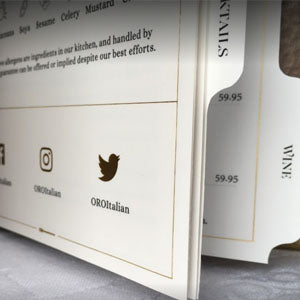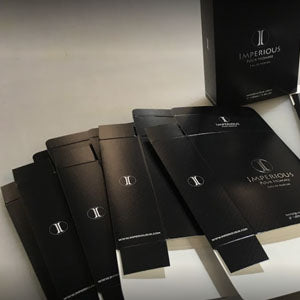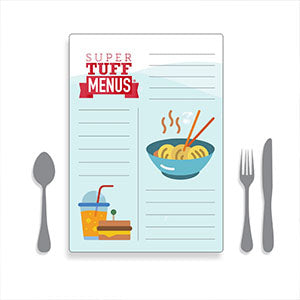As printers, we often get asked to provide ballpark figures for people wanting to print poetry. Without some forethought, it is a bit like asking how long a piece of string is. Here are a few things to think about to help get a handle on what you plan to do.
- Keep to Standard sizes - or slightly smaller, A5 is an efficient size going slightly smaller is easier than going slightly bigger - overdo it and things get expensive.
- Short runs - 50? 200? 500? 1000? These are all short runs. You can even get just one. As print runs increase the unit cost goes down but that is only beneficial if you sell all you print. Be careful! We can always print more but we can't take any back.
- Black only is cheaper than colour but
- not if it is a tiny run
- Solid black often needs colour behind it to make it 'right' - often referred to as Rich black and no cheaper than full colour.
- Forget single colours. Other than black or grayscale, 'single' or Pantone colours tend to be the more expensive option now. Two colour (Pantone) work is an extravagance in short-run books. 15-20 years ago single colours or two colour work was cheaper but these days it CMYK all the way!
- One single tiny bit of colour on a page makes the whole page colour, and you will be charged accordingly.
- Keep the cost down by having black one side and colour the other.
- Use coloured papers to add interest? Endpapers are an excellent addition to this. More expensive than white paper but can lift a job.
- Spend money on the cover - unfortunately, many people still judge a book by its cover…It is worth getting a graphic designer involved. You can make a great cover with a coloured card printed with black text and keeping it simple. We promise not to write bad poetry if you promise to use a graphic designer!
- Typesetting - best to get it done professionally. If your budget doesn't stretch, you can do the typesetting in Word or Google Docs but keep it simple with black ink only and make sure you get the page size right! Set the page size first and bear in mind where your page numbers will sit. Avoid numbers near the spine and keep them centred or far left/right alternating.
- Limited editions? You can crank up the sale price for limited editions by adding some small embellishments. Extra pages in colour? Signed copies? An accompanying bookmark? Maybe some foil or embossing of the cover?
- Cover - avoid printed border lines or frames - in short-run books, these are unlikely to be consistently straight, they will often even look squint. Best avoid them until you are printing' 000s of copies.
- Photos - anything downloaded from the internet is likely to have a low resolution, and you may run into copyright issues. Take your own pictures and use the biggest file size you can lay your hands on. Keep the originals outside of Word processing software like Word and Google as they compress them and make them difficult for printers to handle.
- Samples - most printers can get examples of different papers for free. Most can get samples sent directly to you for free.
- Proofing - small runs tend to be digital jobs, so doing an actual proof is quite straight forward. You will likely be charged, but it is possible to get a hard copy proof near as dammit to what you will get in your full job. Again discuss this with your printer.
- Always talk to your printer, and most will help you get it right but do it before you start to avoid your time and money being wasted.
- How much? That's the $6million question! Costs of printing books are a function of size, page count, colour, paper type and the print run. Sometimes it is best for all if you define a budget so how much do you want to sell for? Printers can help much more quickly if you give them a budget, so knowing your breakeven will help.
- Timeframes and Turnarounds - give a printer print ready artwork (print-ready PDF with crops and bleed) and a short run of pamphlets really should be done within the week…if the art is right. If you want to get a hardcopy proof - best allow for two weeks. If you need help with artwork, you should allow time for anything from a week to a month?








